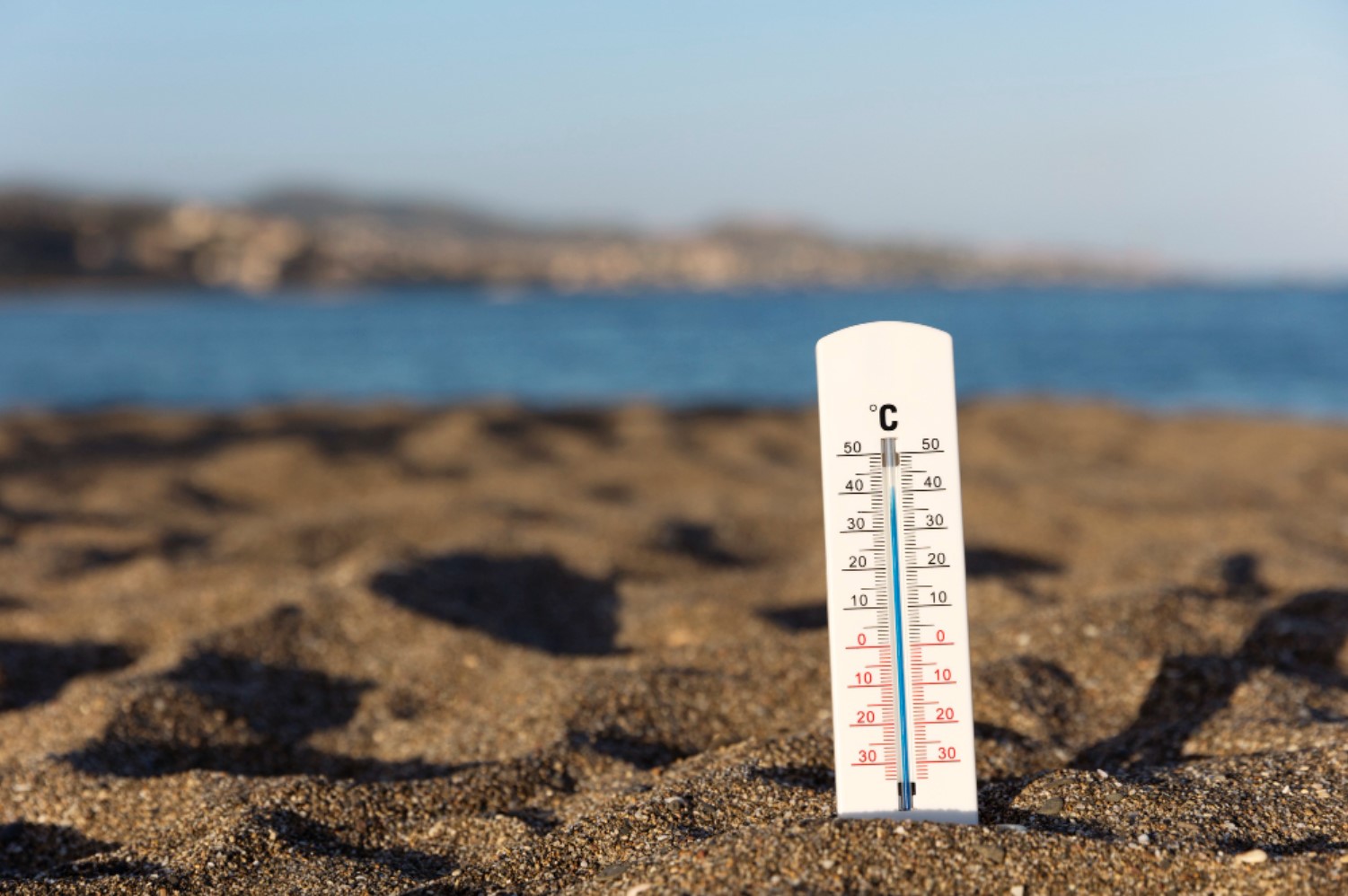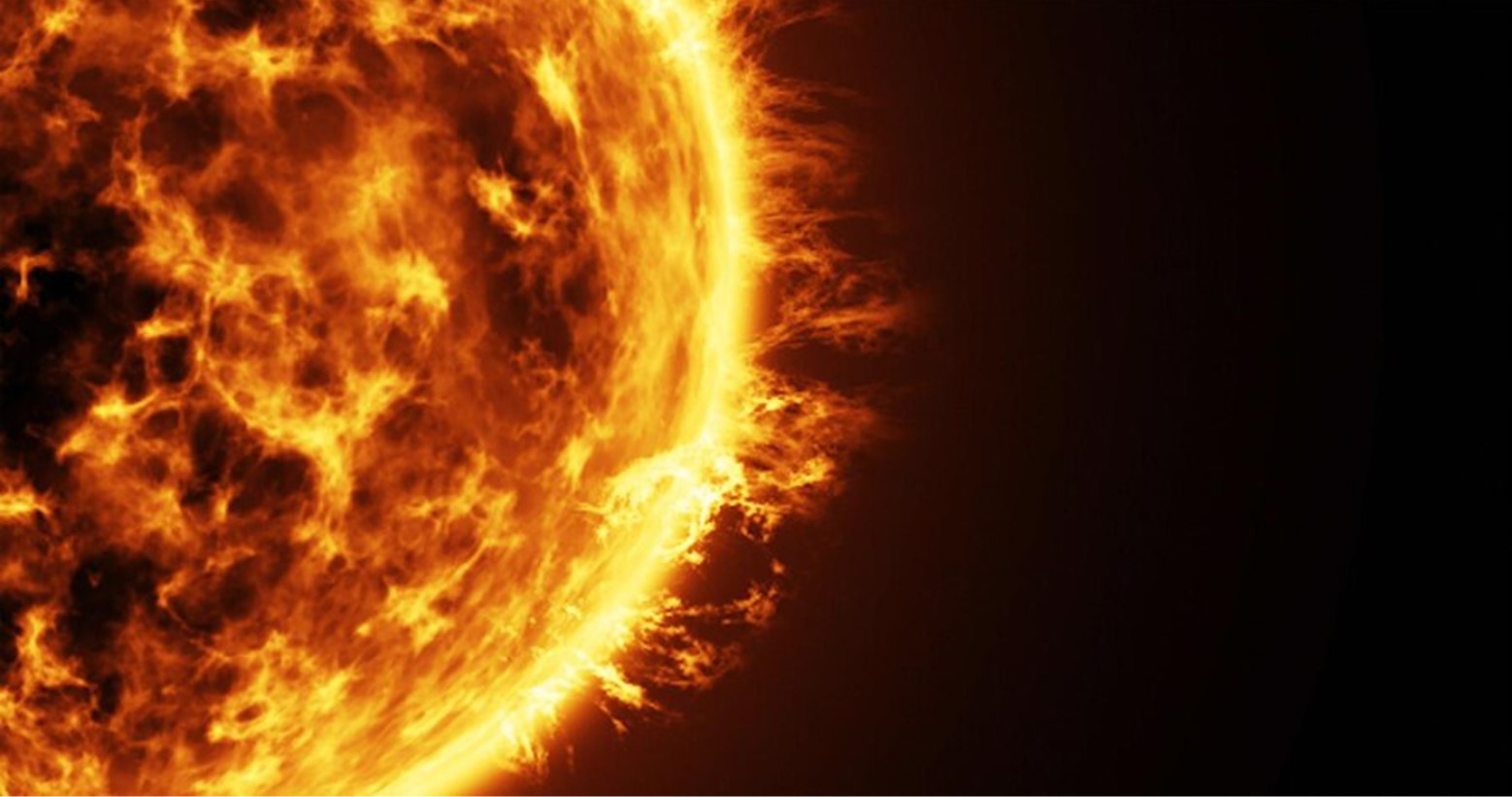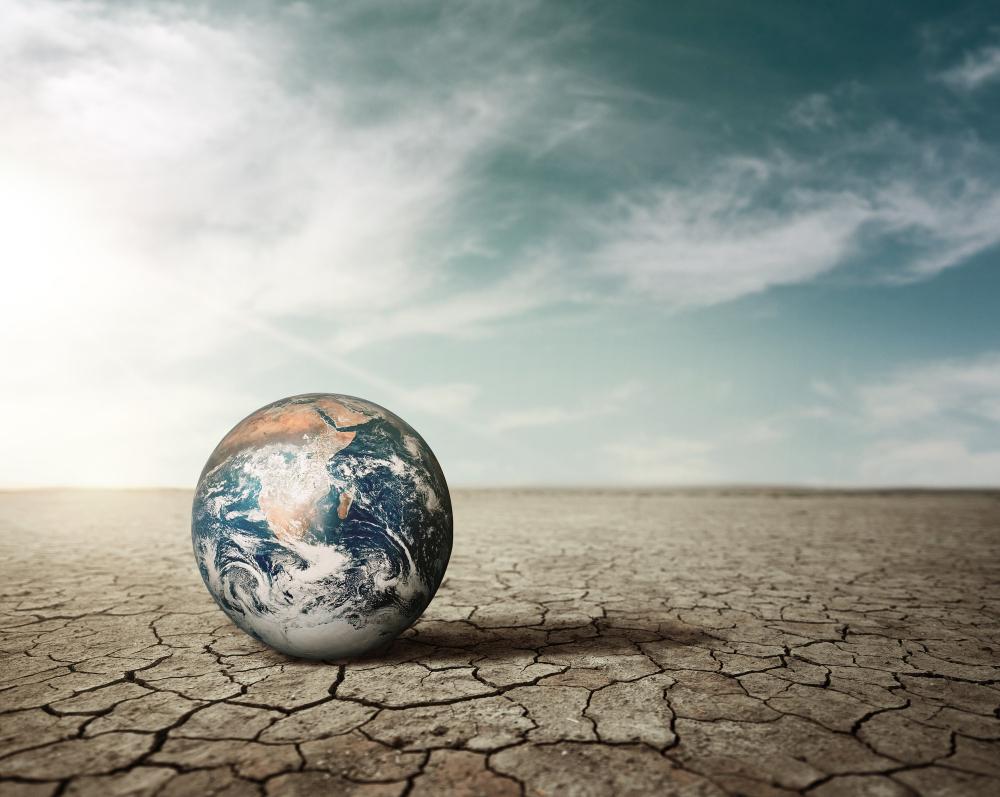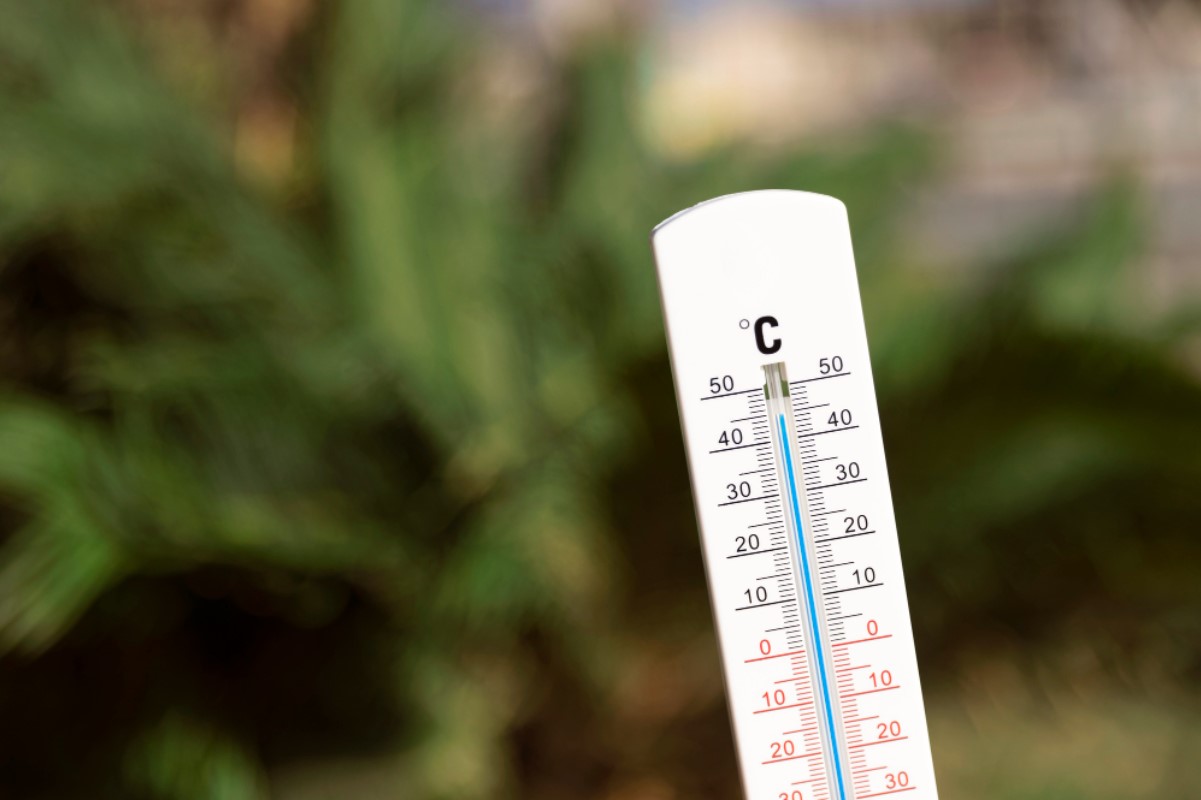California’s Scorching Temperatures Are Coming, But What Is a ‘Heat Dome’?
California is facing scorching temperatures, with highs easily surpassing 100°F due to a heat dome. This phenomenon traps heat, creating prolonged periods of extreme weather.
Alex Lamers from the National Weather Service compares it to making a grilled cheese sandwich with a lid, trapping heat and causing temperatures to rise rapidly.
What is a Heat Dome?
A heat dome forms when a high-pressure system traps heat in the atmosphere, acting like a lid on a pot. This process intensifies temperatures over several days.

Source: Alex Braga/Unsplash
Lamers explains, “It almost acts like a lid on a pot,” making the heat build underneath. This causes temperatures to rise significantly, often reaching dangerous levels.
The Current Heat Dome Impact
As of June 2024, around 20 million Americans from California to Texas are under a federal excessive heat advisory. Cities like Phoenix and Las Vegas are expecting temperatures around 112°F.

Source: Kvnga/Unsplash
Nighttime temperatures will remain high, only dropping to the low 80s. This persistent heat poses serious health risks to residents.
How Does a Heat Dome Form?
Heat domes are linked to high-pressure systems and ridges in the jet stream. These ridges prevent cooler air and moisture from reaching the affected areas, leading to a buildup of heat.

Source: Wikimedia
The current heat dome keeps the jet stream far north, away from the Southwest, exacerbating the extreme temperatures in the region.
Duration of Heat Domes
Heat domes can last from a few days to several weeks, depending on weather patterns. In Tucson, temperatures are forecasted to reach 108-109°F over the next few days, with little relief expected for at least ten days.

Source: Freepik
The persistence of these conditions makes it challenging to predict the end of a heat dome.
Heat Dome Feedback Loop
When a heat dome sits over a large area, it creates a feedback loop. High pressure leads to dry weather, which further intensifies the heat.

Source: Freepik
This cycle can result in extremely high temperatures, especially in urban areas and lower elevations, where heat can accumulate more easily and persist longer.
The Role of Climate Change
Climate change is making heat domes more frequent and intense. Global warming is leading to more common and prolonged heat extremes.

Source: Freepik
According to Lamers, “You can get a heat dome or a configuration of the weather pattern that is similar to past cases,” but global warming makes it easier to reach higher temperatures.
Staying Safe During Extreme Heat
Heat is the deadliest weather-related hazard in the U.S., surpassing tornadoes and hurricanes. Staying hydrated, seeking shade, and limiting outdoor activities during peak heat hours are crucial.

Source: Freepik
Communities should keep pools and cooling stations open and extend library hours to provide relief from the intense heat.
Protecting Vulnerable Populations
Children, the elderly, and people with chronic conditions are especially vulnerable during heat waves. Checking on neighbors and ensuring they have access to cool spaces and hydration is vital.

Source: Freepik
Heat-related illnesses can escalate quickly, so community support and vigilance are essential to protect vulnerable individuals.
Monitoring Heat Risk
The HeatRisk index, developed by NOAA and the CDC, provides a color-coded map of dangerous heat across the U.S.

Source: Freepik
This tool helps people understand health risks and take necessary precautions. Level 4, or magenta, indicates the most extreme conditions, with prolonged heat and little to no overnight relief.
Personal Precautions
Joellen Russell, a climate scientist, advises wearing wide-brimmed hats, staying indoors during peak heat, and taking walks early in the morning.

Source: Lenstravelier/Unsplash
“We’re up at 5 to walk the dog so they don’t burn their little feet on the pavement,” Russell says. These simple measures can significantly reduce the risk of heat-related health issues.
Community Efforts
Communities can implement measures like sail shades at playgrounds and splash pads to protect children from the sun. Extended pool hours and cooling stations provide safe places for people to cool off.

Yulianto Poitier/Pexels
“Look out for other people in your life,” Lamers advises, emphasizing the importance of community support during extreme heat events.
